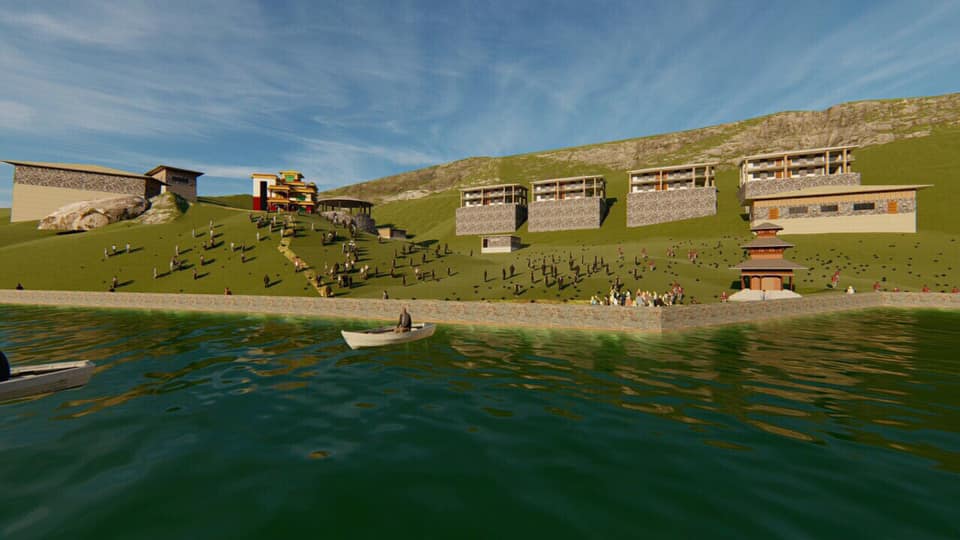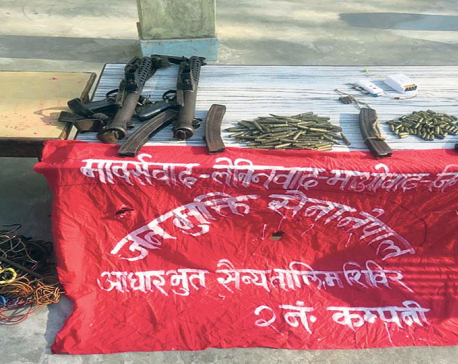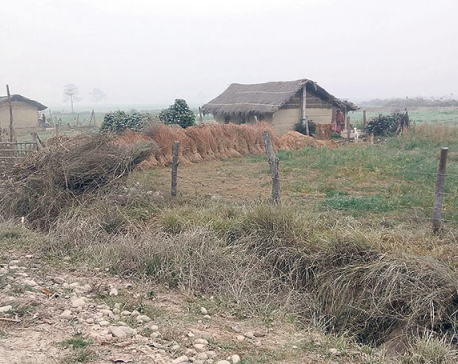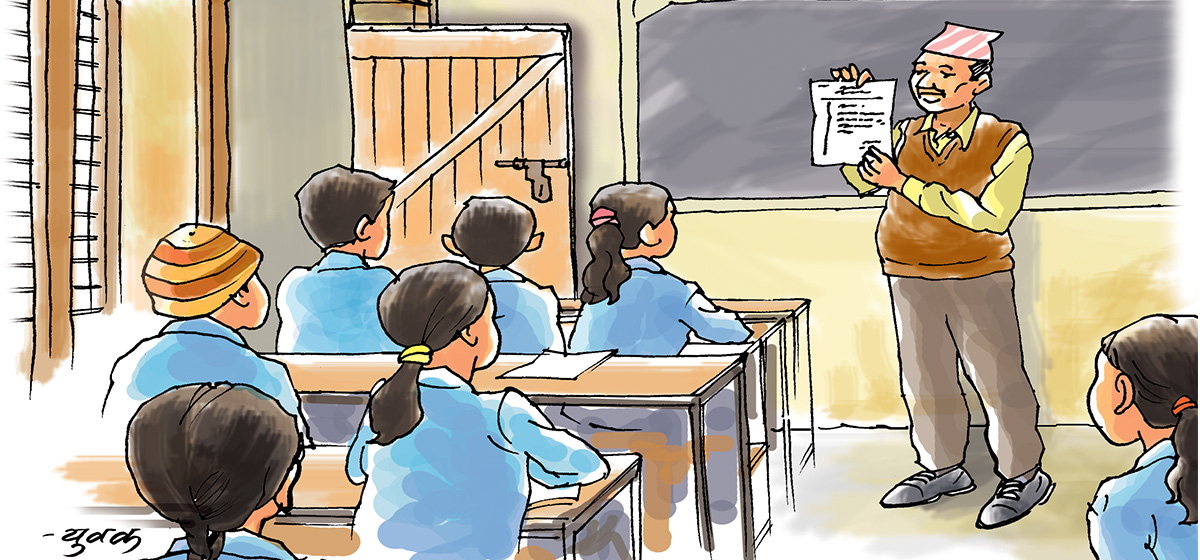
OR
DPR of Gosaikunda Integrated Development Project prepared
Published On: July 29, 2019 03:30 AM NPT By: HIMNATH DEVKOTA

RASUWA, July 29: The Gosaikunda Integrated Development Project for the promotion of Gosaikunda, a popular religious and tourist destination of the country, is set to come into operation.
The provincial government has prepared a detailed project report (DPR) for the project.
The Department of Urban Development under the Ministry of Physical Infrastructure Development prepared the DPR.
According to the DPR, Rs 300 million will be needed for the development of the Gosaikunda area. The project plan includes construction of a 'great wall', railing, roads, resting places, proper management of drinking water and sanitation, and the upkeep of the temple area. The trishul tap, helipad, and hall will be properly managed under the project.
The project plans to construct railings along the road from Buddha temple to Gosaikunda. The 'great wall' will be constructed from Gosaikunda to Cholangpati, as per the DPR.
Provincial Assembly Member Prabhat Lama said that the main objective of the project is to protect the Gosaikunda area and promote tourism here. "The number of tourists will rise in Gosaikunda if the area could be managed properly," he said, "We have started the project accordingly."
A total of Rs 1.8 million has been spent for the preparation of the DPR. For the project implementation, Rs 3 million has been allocated in the current Fiscal Year 2019/20, which will be used for preparing the environment impact assessment (EIA) report and building the railing.
The construction of drinking water facilities had started last year. To develop drinking water facility from Gosaikunda to Cholangpati, Rs 10 million will be needed, of which Rs 3.2 million has already been spent.
Lama said that the project is set to be completed within three years. The provincial government has allotted Rs 7 million to bring different projects into operation in the Gosaikunda area in the current FY 2019/20, which includes Rs 3 million for Gosaikunda area integrated development, Rs 3 million for the construction of Syafru Gosaikunda trekking trail, and Rs 1 million for Gosaikunda area cleaning program.
The authorities are focusing sustainable long-term project these days. "Development is not possible with partial and fragmented plans," Lama said. "Sustainable and long-term projects have been put forward."
Gosaikunda sees more than 20,000 Nepali and foreign pilgrims annually. Four trekking trails including Dhunche-Gosaikunda, Thadepati-Gosaikunda, Yarsha-Gosaikunda, and Sagarkunda-Gosaikunda are in use.
There are three major routes to reach Gosaikunda. Kathmandu-Dhunche-Gosaikunda is the most used route. From there, one trek along Dhunche-Chandanbaari, Chandanbaari-Lauribina and Lauribina-Gosaikunda.
Another route is Kathmandu-Sundarijal/Helambu-Thadopati, which is also used by pilgrims. Very few travelers use the Yarsha-Gosaikunda route, while tourists do not generally use the Sagarkunda-Gosaikunda route.
You May Like This

Amazon confirms two employees in Italy have contracted coronavirus
WASHINGTON, March 2: Amazon.com Inc said late on Sunday that two employees in Milan, Italy, have contracted the coronavirus and... Read More...

Govt restricts Chand group’s activities
KATHMANDU, March 13: The government on Tuesday outlawed the ‘political activities’ of the semi-underground Communist Party of Nepal led by... Read More...

DPR ready for industrial area in Sarlahi
SARLAHI, Jan 29: A detailed project report (DPR) for building Nepal’s largest industrial area in Sarlahi district is ready. ... Read More...




Just In
- Take necessary measures to ensure education for all children
- Nepalgunj ICP handed over to Nepal, to come into operation from May 8
- Nepal to gift two elephants to Qatar during Emir's state visit
- NUP Chair Shrestha: Resham Chaudhary, convicted in Tikapur murder case, ineligible for party membership
- Dr Ram Kantha Makaju Shrestha: A visionary leader transforming healthcare in Nepal
- Let us present practical projects, not 'wish list': PM Dahal
- President Paudel requests Emir of Qatar to help secure release of Bipin Joshi held hostage by Hamas
- Emir of Qatar and President Paudel hold discussions at Sheetal Niwas



_20240423174443.jpg)











Leave A Comment